If you’ve been following along in our WebWiskee Success Series, you’ve been doing lots of work to prepare for your website build! From figuring out your ideal customer, to finding keywords to attract them, to choosing color palettes and optimizing your photos… There’s a whole lot more that goes into a great website than just a good platform.
Here’s where all of that work starts to come together. Let’s start framing your website.
This content is designed to prepare you for the technical build of your WebWiskee website. If you missed Parts 1 – 8 we’ve linked to them at the end of this post, so you can catch up.

If a website is the equivalent of a house, the sitemap is essentially the blueprint. It’s what lays out how the content will flow, how visitors will move throughout that space, and guides them exactly where you want them to go.

WEIRD SCENARIO #1
When a visitor comes to your home for the first time, you don’t step out onto the front porch and entertain them out there.
Weird, right? In real life, you invite your guests inside. You welcome them, offer to take their coat, or get them a drink, and do your best to make them feel comfortable.
WEIRD SCENARIO #2
Once your visitor is inside, you don’t say “Come in, let’s first look at all the rooms in the house and inside all the drawers and cupboards. Want to know how much the house cost?”
Again… weird. You don’t bombard your guests with too much information all at once or drag them to rooms they may not want to go into. Self edit, please. Let them get comfortable and then you can help direct them into the rooms you’d like them to visit.

The less overwhelming approach is to divide your content over well-defined pages. Google loves it when people take action on a website by clicking on multiple pages, so your goal is to get visitors to click because they want to learn more. Think of it as inviting your visitors to leave the front porch and come deeper into the house. You might hang out in the living room for a chat, or move to the kitchen or dining room for something to eat.
Building Your Sitemap
Let’s begin by looking at a very basic sitemap. Every business website needs at least 4 separate areas for information. We recommend these 5 as your basics.
The Basics – 5 PAGE WEBSITE
- Homepage – Cover the basics of your business. Who are you, what do you do, and who is your ideal customer or client? This is also where your CTA comes into play.
- Services or Products – Start thinking about how to describe what you sell or the services you provide. You can’t just add products or services without an explanation or supporting text to give Google more info. Depending upon the variety of services or products you offer, you may have sub-pages, (aka child pages), in a drop down menu, but we’ll cover that later.
- About – This is where you can share who you are, what makes you different, and you can highlight the SuperPowers you identified in an earlier exercise. Tell your story. You may have different sections or sub-pages here as well, depending on how much content you have to share. Those might include: Press, Awards & Certifications, Community/Giving Back, Testimonials, etc.
- Contact – Here’s where you’ll need contact information. (um, obviously!) Your email address, phone number, etc. You may also want to include your physical address and embed a map on this page if you’re a brick and mortar.
- Blog – Creating blog content on a regular basis is one of the best things you can do to encourage Google to learn more about you. It also can help to establish your credibility and authority in your area of expertise, as well as give you something to talk about on social media and in your newsletters.
There are certainly lots of other pages you can add as well, including pages for eCommerce, Portfolios, Memberships, Courses and eLearning products, Events and other landing pages, etc. But start with the basics.
WHY IT MATTERS: A sitemap is the key to organizing your information and easily moving visitors around your site. It will also help Google better understand what your site is all about.

Defining Your Homepage Copy
Statistics show that visitors do not tend to scroll very far on Homepages. Chances are good that fewer than half of the people who land on your site’s Home page will not scroll all the way to the bottom of the page. If they aren’t scrolling, it doesn’t make sense to spend lots of time and energy trying to build out a lot of copy and design.
Sticking with our Weird Scenario #2 for a moment, think of it this way: Putting all your content on a Homepage that scrolls for miles and miles is like getting the whole-cupboard-tour immediately after knocking on the door.
Remember, 80% of readers just skim the page, so this is the time for short and sweet. Give visitors an easy-to-skim overview of WHO you are, WHAT you do, and WHO you serve.
Referencing the copy you wrote for your About page, write short paragraphs that answer those questions of who you are, what you do and who you serve. Answering these three questions on your homepage is very important. Think about how you can communicate with visuals as well as words, and consider photos that might pair well with what you’ve written and convey your message.
WHY IT MATTERS: The Homepage sets the tone for the rest of the site and it’s a visitor’s first impression of your business. Don’t overload them with information.

Writing For The Rest of the Site
Start writing for each page you’ll need by thinking about the messaging. WHO are you trying to attract, and WHAT are their pain points?
For instance, if you have a page for your services, you’ll want to address the needs or the problems of your ideal client. Then go into how your services can solve their problem. It’s narrowed-down focus on who you are and what you do, but it allows you to go into more detail about the benefits your service provides.
For instance, plan out your contact information. Do you have a general email such as info@ or admin@ ? Can people call you directly? Decide how you want your visitors to contact you and set up your communication lines appropriately.
WHY IT MATTERS: Understanding the basic messaging on your website’s pages will prep you for copywriting, and will allow you to see if there are any areas you haven’t covered.

While the ultimate goal of a sitemap is to create a streamlined user experience where visitors are funneled smoothly along the path of getting to know you and why they want to work with you for their needs, it also just flat out helps get you organized. A well thought out sitemap at the start sets you up to succeed.
If you missed any of the posts and exercises to prepare you for your website build, be sure to catch up!
The WebWiskee Success Series
WebWiskee Success Series Part 1 – Targeting Your Ideal Customer
WebWiskee Success Series Part 2 – Your Business’s Super Power
WebWiskee Success Series Part 3 – Keywords: The Key To A Successful Website
WebWiskee Success Series Part 4 – How To Write Your Website Copy
WebWiskee Success Series Part 5 – How To Craft Your Customer Journey
WebWiskee Success Series Part 6 – How To Write Your Story
WebWiskee Success Series Part 7 – How to Choose Your Website’s Color Palette and Photos
WebWiskee Success Series Part 8 – How To Optimize Your Photos For SEO and Accessibility
WebWiskee Success Series Part 9 – How To Develop Your Website’s Sitemap



